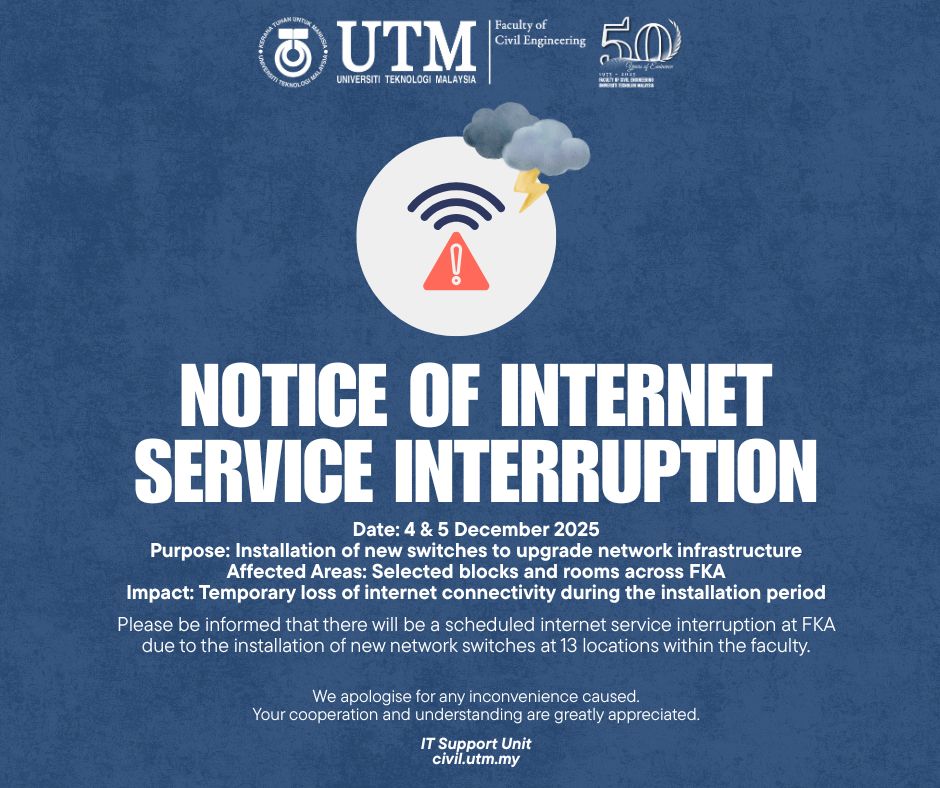By Ryan L. Payton, Domenico Chiarella & Andrew Kingdon
An accurate and reliable description of the porosity–permeability relationship in geological materials is valuable in understanding subsurface fluid movement. This is important for reservoir characterisation, energy exploitation, geological carbon storage (GCS) and groundwater contamination and remediation. Whilst the relationship between pore characteristics and porosity and permeability are well examined, further investigation into the influence of grain characteristics on porosity and permeability would be beneficial due to the inherent relationship between grains and pores. This work aims to determine whether incorporation of grain characteristics into a porosity–permeability model is effective in constraining this relationship. Two fully digital approaches to individual 3D grain analysis based upon watershed segmentation are compared to determine the most effective, yet simple, workflow applicable to core plugs of significantly compacted grains. The identification of an effective segmentation workflow will facilitate future work on similarly complex materials, removing the need for traditional time-consuming and manual techniques. We use the most effective approach of measuring grain shape (sphericity) and size (Feret diameter) alongside an established fully digital workflow to measure porosity and permeability to investigate the impact of grain characteristics on porosity and permeability. We show that grain sphericity and porosity exhibit a positive relationship whereas no such relationship exists with grain size. Measurements of grain sphericity are applied to calculate a Kozeny–Carman (K–C) type porosity–permeability fit which was found to be unsatisfactory, compared to a simpler fit excluding any grain parameters. This is possibly due to the lower sphericity of the studied grains, deviating significantly from the K–C assumption that grains are entirely spherical. The simpler fit is most suitable for the studied materials, showing that inclusion of grain characteristics is not effective for better defining the porosity–permeability relationship in a K–C paradigm for these samples. This highlights the need for a model capable of considering a range of grain sphericities to further constrain the porosity–permeability relationship.
https://www.nature.com/articles/s41598-022-11365-8




